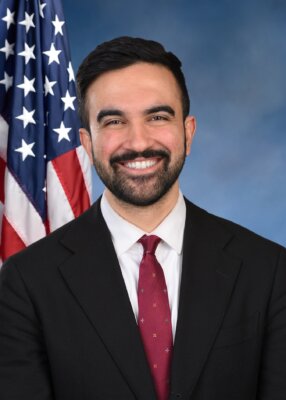Fake it up baby, print and shout

You know I’ve always been a dreamer
Spent my life runnin’ round
And it’s so hard to change
Can’t seem to settle down
But the dreams I’ve seen lately keep on turning out
And burning out and turning out the same
So put me on the highway and show me a sign
And take it to the limit one more time.
~ The Eagles, Take it to the limit
There’s a gentleman whose hair is a fake color. He never mentions why he painted it blond, but he does, by the same token, talk a lot about “fake news” and why the news media has it in for him. As a newspaper person who would not like to be known as a perpetrator of such phoniness, I’d like to look at some recent journalistic conundrums. These are not necessarily what I would call “fake,” but I am nonetheless curious as to why they have appeared in our news media. They seem to me to be there for purposes other than providing important information to the readers.
Truly “fake” news is designed to pick a topic and then write an article that either favors or opposes that topic. The purpose of these articles often seems to be political or sales oriented, using journalism as a format. The format may attempt to hide a political bias or may focus on a subject in a way the client feels helps sell its product to the public.
As a journalist, I sometimes see things and wonder why they were stated that way. The Burlington Free Press has printed a couple of examples recently, the first being its review of Bernie Sanders’ promotion of his book and what some readers said about it.
I probably was taken in by the headline. Having been trained in advertising copywriting, I was reminded time and again that headlines were crucial in gaining the reader’s attention; ad agencies’ artistic teams (writers and illustrators) often worked together to come up with spirited headlines accompanied by eye-catching illustrations. Paragraphs that described the product for the ads weren’t in our job descriptions. We were told that the headlines had to grab the reader because often many similar products appeared in the same journals (I happened to work for pharmaceutical companies). Only catchy—usually short—headlines would lead the reader to drop down the page and learn how the product works.
The Bernie headline in the November 13 Freep read, “Bernie Sanders’ book promotion backfires.” That led me to believe that Bernie took it on the chin from what he said in print. The data the Free Press used to verify this claim came from Reddit’s “Ask Me Anything” discussion. It said his promotion had been “voted down more than 5,000 times.” The use of the word “backfire” would indicate he received nothing but criticism. On the other hand, the bulk of the article described the book’s contents without disagreement or agreement, and to me that was the gist of the column.
One of the reasons I turn to good journalism is that I feel the journalists have delved into the topic in enough depth to give data-driven meaning to what they say. Bad journalism heads in a different direction. Fake news says more about the sayer—perhaps that he should go back to English 101, or that the readers he is after don’t know any better.
I have a second issue with bad journalism, much of which stems from the increased speed of social media. Nowadays, people feel free to say anything about whatever they choose—with no requirements to justify their opinions, and the speed with which the opinions get around is aided and abetted by this new media. (The Pony Express is dead.)
So, the next time the Free Press attempts to catch my eye through a headline, I’ll revert to my advertising training and try to get beyond the bold print.
Let’s look for a moment at the newspaper’s attempt to sell things. Did you see the lead story in a recent Free Press? It was lengthy coverage of the movie depicting the Dannemora prison escape, soon to appear on TV’s Showtime. First of all, that’s Dannemora, New York, not Vermont. So the lack of localness leaves a few questions to be answered. Is it really newsworthy enough for the front page? Director Ben Stiller is pretty well known, so by running this article as it does, the Free Press turns into a small-time People Magazine.
Why else would the paper run this as a lead article? Does some of the reason stem from the same source as its canned reportage from its ownership by Gannett and USA Today—that reason rumored to be a shortage of staff needed to cover local news in depth. This is a problem confronted by an increasing number of papers.
On another front, but in a similar vein, did President Trump strip CNN reporter Jim Acosta’s press pass to the White House because he didn’t like what Acosta said in a recent briefing? Again, the president’s move seemed to be more about himself than about the informative value to his constituency, a constituency that should not be limited to his Republican cronies.
When I got into this business myself, I was not always as clear to the reader as I should have been. However, once writing for The Charlotte News, I realized the importance of addressing my readership and focusing on those people’s understanding of what I’m trying to say. It is not always an easy task, but if we don’t do it, we end up with movie ads passing for journalism.
We don’t want to “sell postcards of the hanging.”
Related Stories
Popular Stories
If you enjoy The Charlotte News, please consider making a donation. Your gift will help us produce more stories like this. The majority of our budget comes from charitable contributions. Your gift helps sustain The Charlotte News, keeping it a free service for everyone in town. Thank you.
Andrew Zehner, Board Chair








